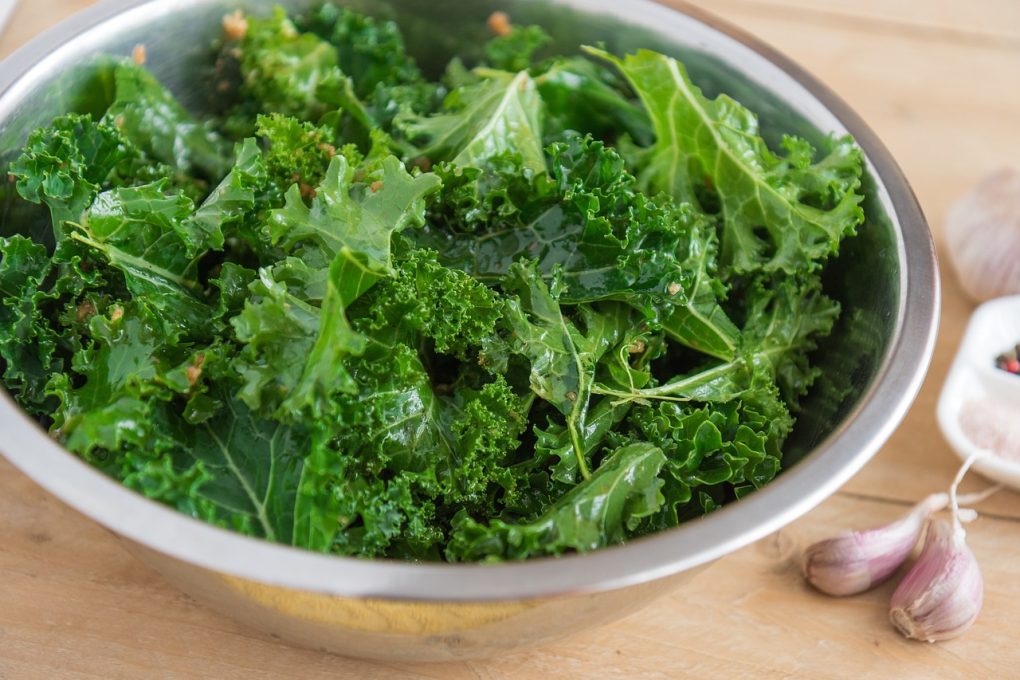
Freezing kale is a great way to extend its shelf life and ensure that you always have delicious greens on hand for salads, soups, smoothies, and other recipes. Kale is one of the most nutritious and versatile vegetables available, and freezing it is an easy way to preserve its freshness and flavor. In this comprehensive guide, we’ll explore the different methods for freezing kale and how to best use it in your cooking.
What Is Kale?
Kale is a leafy green vegetable that is part of the Brassica family, which includes broccoli, Brussels sprouts, and cabbage. It is an incredibly nutrient-dense vegetable, packed with vitamins A, C, and K, as well as fiber, calcium, magnesium, and potassium. Kale is also a great source of antioxidants, which can help protect your body from free radical damage.
Kale is most commonly eaten raw, but can also be cooked and used in a variety of recipes, such as soups, stir-fries, and salads. It has a slightly bitter taste that mellows when cooked, and can be enjoyed both hot and cold.
The Benefits of Freezing Kale
Freezing kale is an easy and effective way to preserve its freshness and nutrients. When frozen, kale will last for up to 12 months, making it a great way to have it on hand all year round. Freezing also locks in the flavor and texture of the kale, so you can enjoy the same quality and taste each time you cook with it.
In addition to preserving the freshness and flavor of the kale, freezing it also makes it easier to use in recipes. Kale can be frozen in small batches, which makes it easier to measure for different recipes. And, because it is already cut into smaller pieces, it is quicker and easier to prepare.
How to Freeze Kale
The best way to freeze kale is to blanch it first. Blanching is a cooking process that involves briefly submerging the kale in boiling water, then immediately transferring it to a bowl of ice-cold water. Blanching helps to preserve the color, texture, and flavor of the kale, and also helps to stop the enzymes that can cause it to spoil.
To blanch kale, first bring a pot of water to a boil. Once the water is boiling, add the kale and let it cook for 2-3 minutes. Then, remove the kale from the pot and transfer it to a bowl of cold water. Once the kale is cooled, strain it and place it on a baking sheet lined with parchment paper. Place the baking sheet in the freezer and freeze the kale for 2-3 hours, until it is completely frozen.
Once the kale is frozen, you can transfer it to a freezer-safe container or bag. Be sure to label the container with the date so you know when it was frozen.
Tips for Freezing Kale
When freezing kale, it’s important to note that the texture will change once it is thawed. Kale will become softer and more delicate once it is thawed, so it’s best to use it in cooked recipes rather than raw.
It’s also important to note that the flavor of the kale may become slightly muted after it has been frozen. To help preserve the flavor, you can add a little bit of olive oil or lemon juice to the kale before freezing it. This will help to keep the flavor intact.
Finally, it’s important to store the kale properly in the freezer. Be sure to use airtight containers or bags to prevent freezer burn.
Using Frozen Kale
Once the kale is frozen, it can be used in any recipe that calls for cooked kale.
Thaw the frozen kale by transferring it to the refrigerator overnight or using the defrost function in your microwave.
Once thawed, gently squeeze out any excess moisture from the kale.
Decide how you want to use the kale in your recipe. It can be used as a replacement for fresh cooked kale in various dishes.
For soups, stews, stir-fries, and casseroles, simply add the thawed kale directly to the dish during cooking. Adjust cooking times accordingly.
If you’re using frozen kale in salads, allow it to thaw completely, drain any excess water, and pat it dry before adding it to the salad.
In smoothies, toss the thawed kale directly into the blender with your other ingredients and blend until smooth.
To incorporate frozen kale into sauces or dressings, thaw and drain it, then chop or blend it into the desired consistency before adding it to your recipe.
For omelets, scrambled eggs, pasta dishes, or rice dishes, thaw the kale, squeeze out any excess moisture, and sauté it with other ingredients before adding it to your dish.
Adjust seasoning and cooking times as needed to suit your taste.
Enjoy the added nutrition and convenience of using frozen kale in your meals.
Conclusion
Kale is a nutrient-dense vegetable that can easily be frozen to extend its shelf life. Freezing kale is an easy and effective way to preserve its freshness and flavor, and it can be used in a variety of recipes. When freezing kale, it’s important to blanch it first and store it in airtight containers or bags to prevent freezer burn. Frozen kale can be used in cooked recipes such as soups, stews, stir-fries, and casseroles. It can also be used to add extra nutrition to meals such as omelets, scrambled eggs, pasta dishes, and rice dishes.
Now that you know how to freeze kale, you can easily enjoy this nutritious vegetable all year round.
